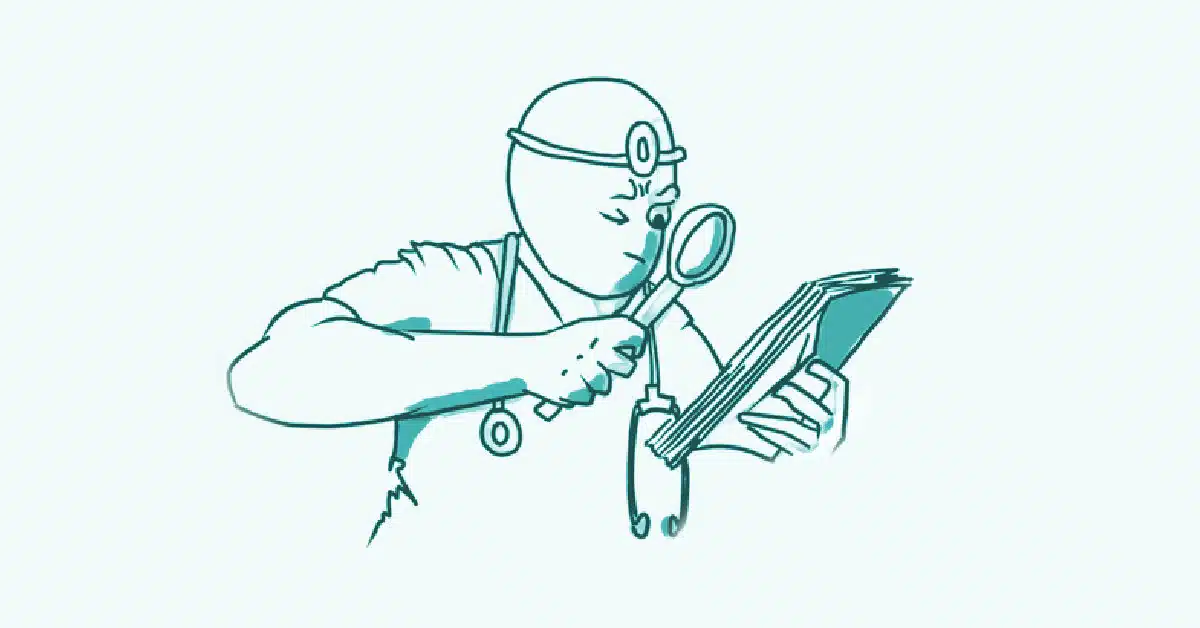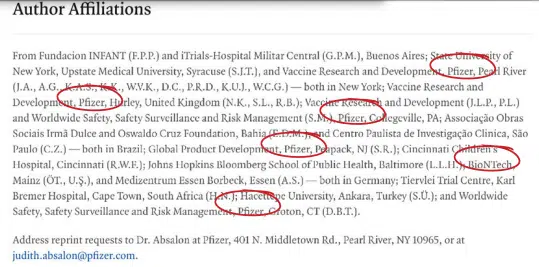
Ever tried to read a scientific paper? If you’re finding it difficult, you aren’t alone! Many people struggle to understand scientific literature. No matter your education or background, learning how to read science is a skill that takes time to develop.
Even though it is a challenge, scientific articles contain valuable information. When fully understood, that information can help people make decisions crucial to their lives.
Anyone—even non-scientists—can learn how to read science articles. So grab a warm drink and get comfortable. We’ve written a research reading guide with eight steps to make reading academic papers easy!
Why You Should Learn How to Read Research Articles
Peer-reviewed articles were once trusted sources for the latest breaking and noteworthy discoveries in the world of science and medicine. Today, many fields of study are influenced and controlled by companies and entities that have little interest in educating and informing the public.
Many journals and scientific papers have devolved to become a form of advertising for products and questionable methods.
It is up to you, the consumer, to read and decide if something is the truth or if someone is twisting data to influence the public and ultimately sell more products.
Here’s the unfortunate reality: just because it is published in a scientific journal does not mean it is fact. For that reason, the ability to detect the truth while reading a paper is invaluable.
Don’t allow yourself to be fooled! Today, we’ll show you how to critically read a scientific paper. Check out the full guide: How to Become a Research Detective. Or keep reading to learn eight science reading tips you can rely on.
One more thing before we get started – big thanks to Aaron Hertz, the research detective who inspired us and helped to create this guide. Check his satirical yet informative guide to cooking data and stay for his incredible investigative work!
8 Steps: How to Read a Research Paper
If you want to learn how to read a scientific article, you’ll find a lot of the same advice. Most guides will tell you that skimming the abstract, introduction, methods, and results section will be enough to gain a “basic understanding” of whatever you are reading.
However, to fully understand, you’ll need to know more than the basic anatomy of science writing. Instead, you need advice that teaches you what to look for and how to think.
- Always Read the Disclosure Section
- Check the Published Date of the Paper
- Skim All the Sections of the Paper
- Read the Introduction
- Identify How the Paper Fits into the Field of Research
- Read the Discussion Section
- Read the Abstract
- Read the Methods and Results Section
1. Always Read the Disclosure Section
This section is crucial to decipher whether the study is biased. The disclosures section will reveal whether the study was conducted independently or whether a person, company or other group had an impact on the study outcome. A study should ideally not have any conflicts of interest.
If the section shows that the researchers have received money from a company or work for a university that is receiving money from a drug company, they are not independent researchers. You should stop here and dismiss the study.
If you are unsure or if another entity is sponsoring the research, find out who is involved in the noted organizations and see if they have another agenda or receive the support of companies.
This requires a little time and detective work. Do you see that they have received support from any companies? Do the researchers have investments in the company’s drug? Are they receiving monies from an organization that supports a company?

2. Check the Published Date of the Paper
Is this research up to date?
Knowing the publication date will help you determine whether these are the most recent findings. Sometimes additional research has been done since a study’s publication date.
One way investigators can manipulate data is by releasing some data first to create a certain belief and then quietly releasing the rest later. This is an effective strategy for manipulating public opinion.
3. Skim All the Sections of the Paper
Make notes for yourself while reading each section to help evaluate the study and clarify questions you may have. As you go along, take notes, and look up the definitions of any words you’re unsure of.
If you come across an acronym later in a work, a helpful suggestion is to use “CTRL F” on the keyboard to search for the first time it is mentioned, as here is where it will be defined.
Note the definitions, the sample population, the method of testing, and other figures and tables, and/or important facts that can impact the study outcome.
4. Read the Introduction
Read the introduction carefully to learn more about the background of the subject. This includes past research on the subject and the factors that led the researchers to choose to conduct this study. If you are not familiar with the subject, take your time to learn more about it.
As you learn more about the subject, you should also check out some of the references in the introduction.

5. Identify How the Paper Fits into the Field of Research
Does this paper fit in with the field of research and with the special topics of interest or have the authors tampered with the data? What is the principal issue this paper is attempting to address? Will you be better able to comprehend the work’s significance and motivation after reading and analyzing the paper?
What is the researcher’s rationale for studying this intervention or drug? Are there safe alternatives available? Is there a financial incentive for the researchers to draw a particular conclusion?
6. Read the Discussion Section
The discussion section is where you find the paper’s data findings.
The discussion section of the paper is where the data findings are explained and the “story unfolds about the subject matter”. In this section, the samples and measuring tools are presented. The effectiveness of the study is discussed along with whether the study confirmed or disproved the hypothesis. Unfortunately, here the narrative can also be controlled.
7. Read the Abstract
Here is where you find the general summary of the material.
The study’s main objectives, the method of investigation, the key findings, the overview of the interpretations, and the conclusions are often summarized in the abstract. Compare the abstract’s important points to the information offered in the paper’s other sections, such as the discussion, the results, and the conclusions sections.
It will be important to consider the Methods section when looking at the abstract to check to see if the abstract reflects what the data is showing in the conclusion of the study.
8. Read the Methods and Results Section
These are the most complex sections of the study and often where data can be most manipulated.
When reading the results and methods sections, it’s crucial to keep the following things in mind:
- Sample size
- Statistical significance
- Graphics and tables — do they match the conclusions?
- Supplemental materials
Aaron Hertz spends a lot of time in his Substack explaining the numerous ways researchers can manipulate and cherry-pick data to slant the outcome of the study in their favor.
Wrapping up
Navigating the world of scientific research isn’t reserved for those with PhDs or lab coats. Anyone can become adept at understanding these studies with patience, practice, and the right tools. Remember, questioning the source and the motives behind the study is as essential as understanding its content.
Hopefully, these eight steps will act as your compass in the vast sea of research papers. For a more in-depth understanding and additional tips, refer to our full PDF guide: “How to Become a Research Detective.” Knowledge is power, and it’s time to empower yourself!
More on: Guide | how to read research | how to read research papers | Infographic | Research | research papers | Scientific Papers



